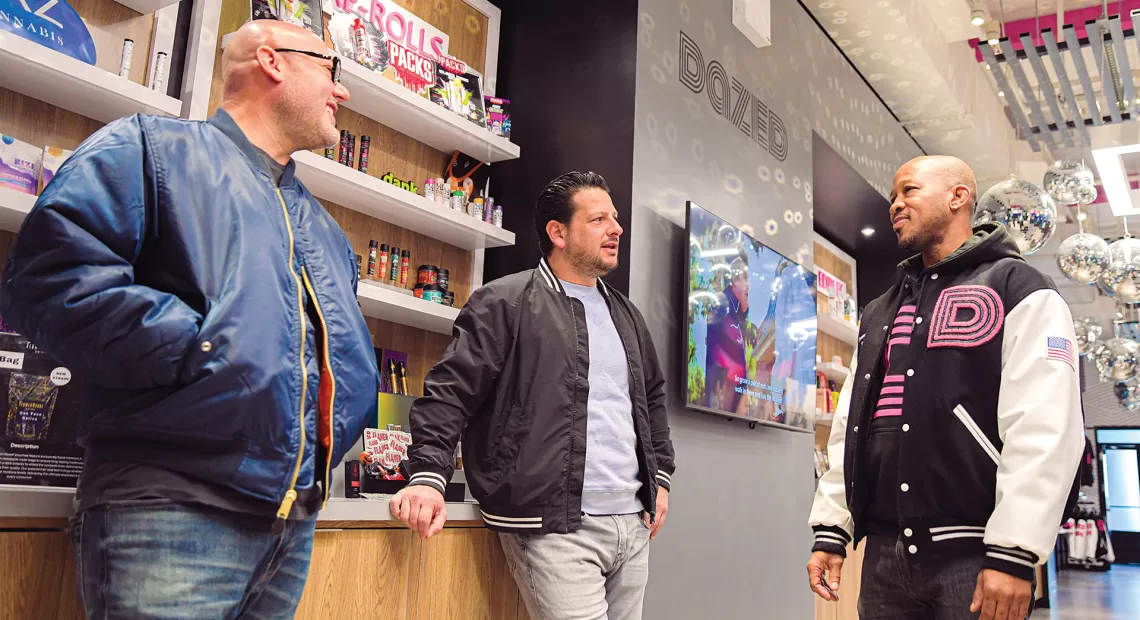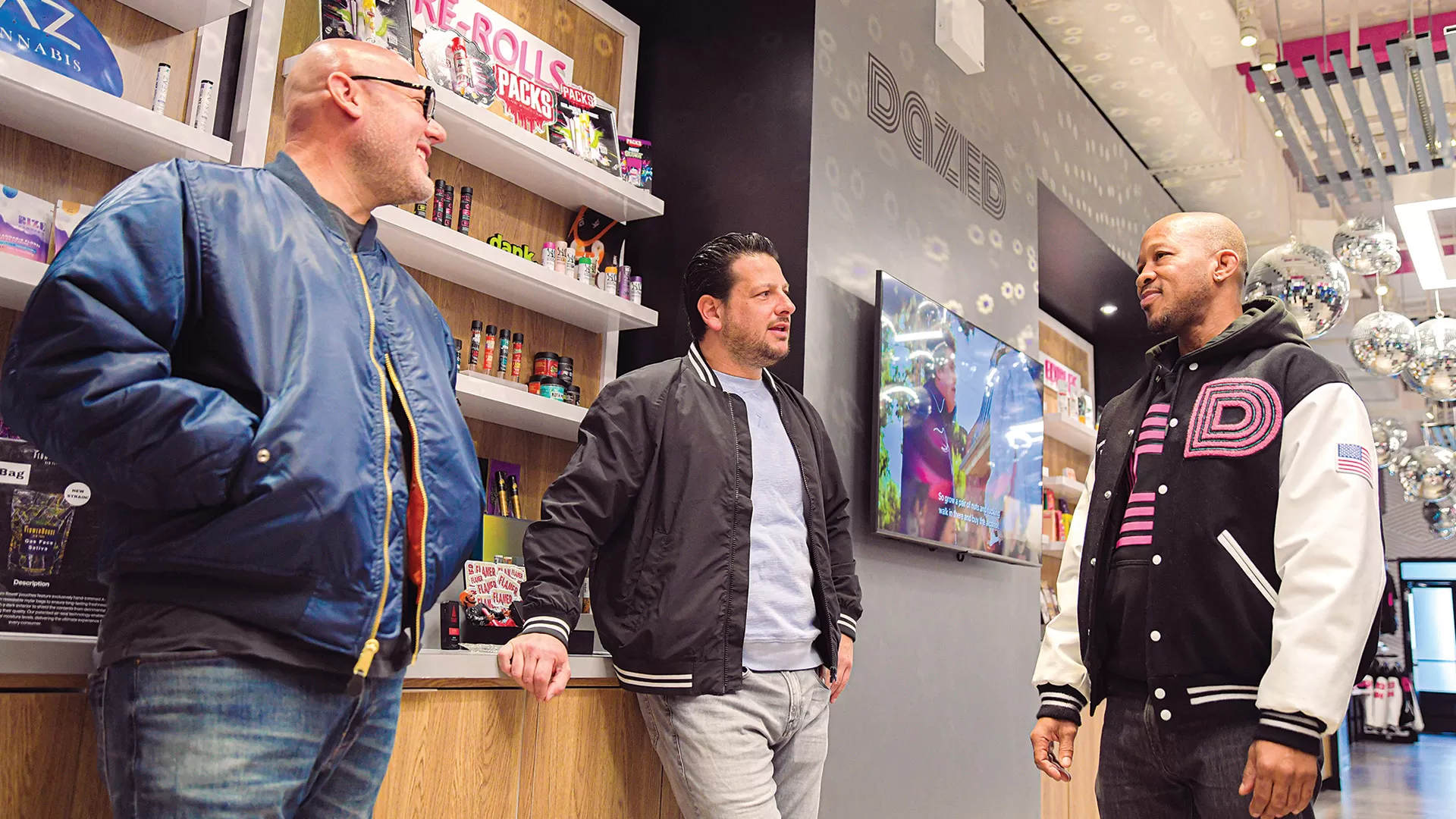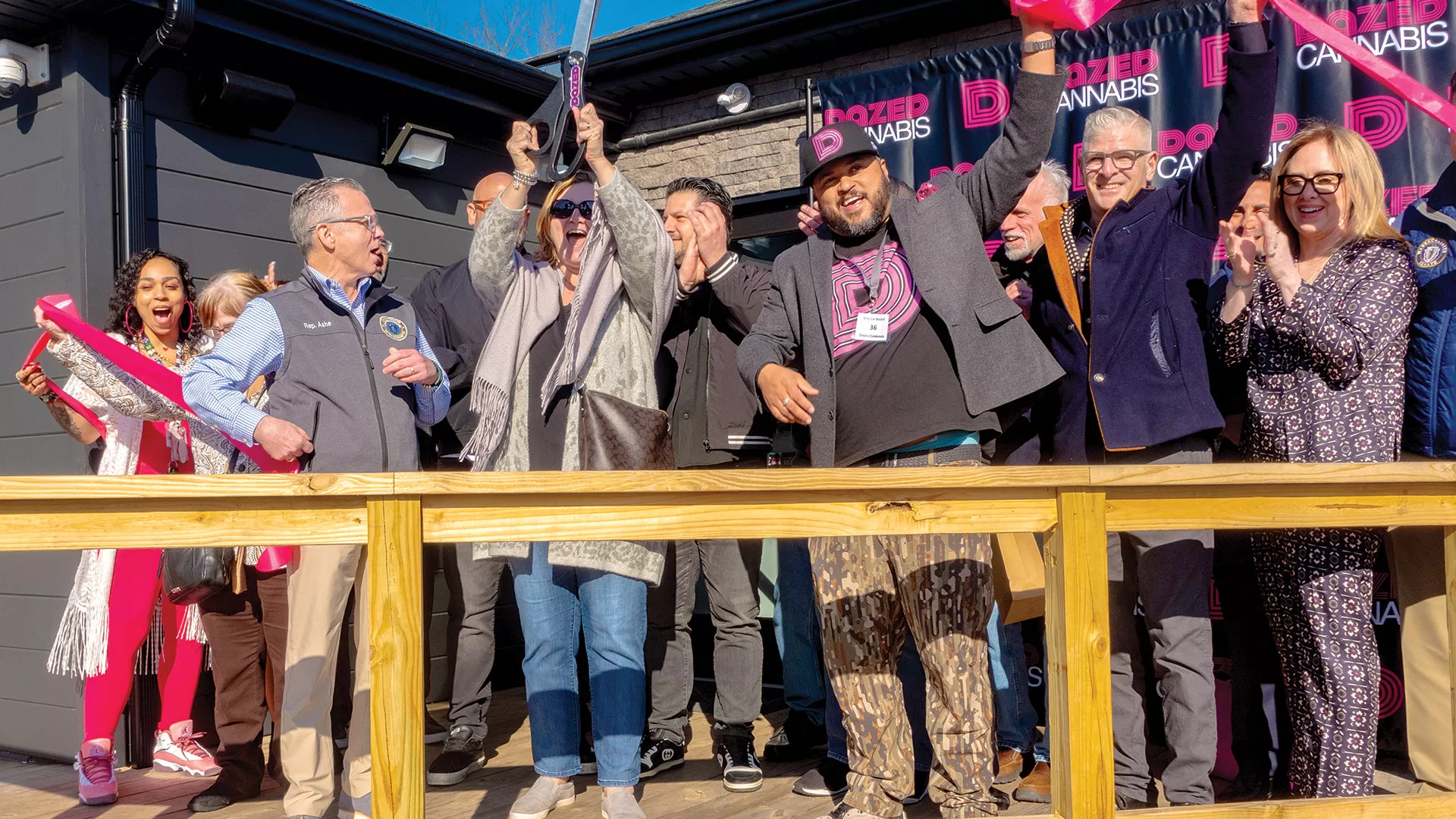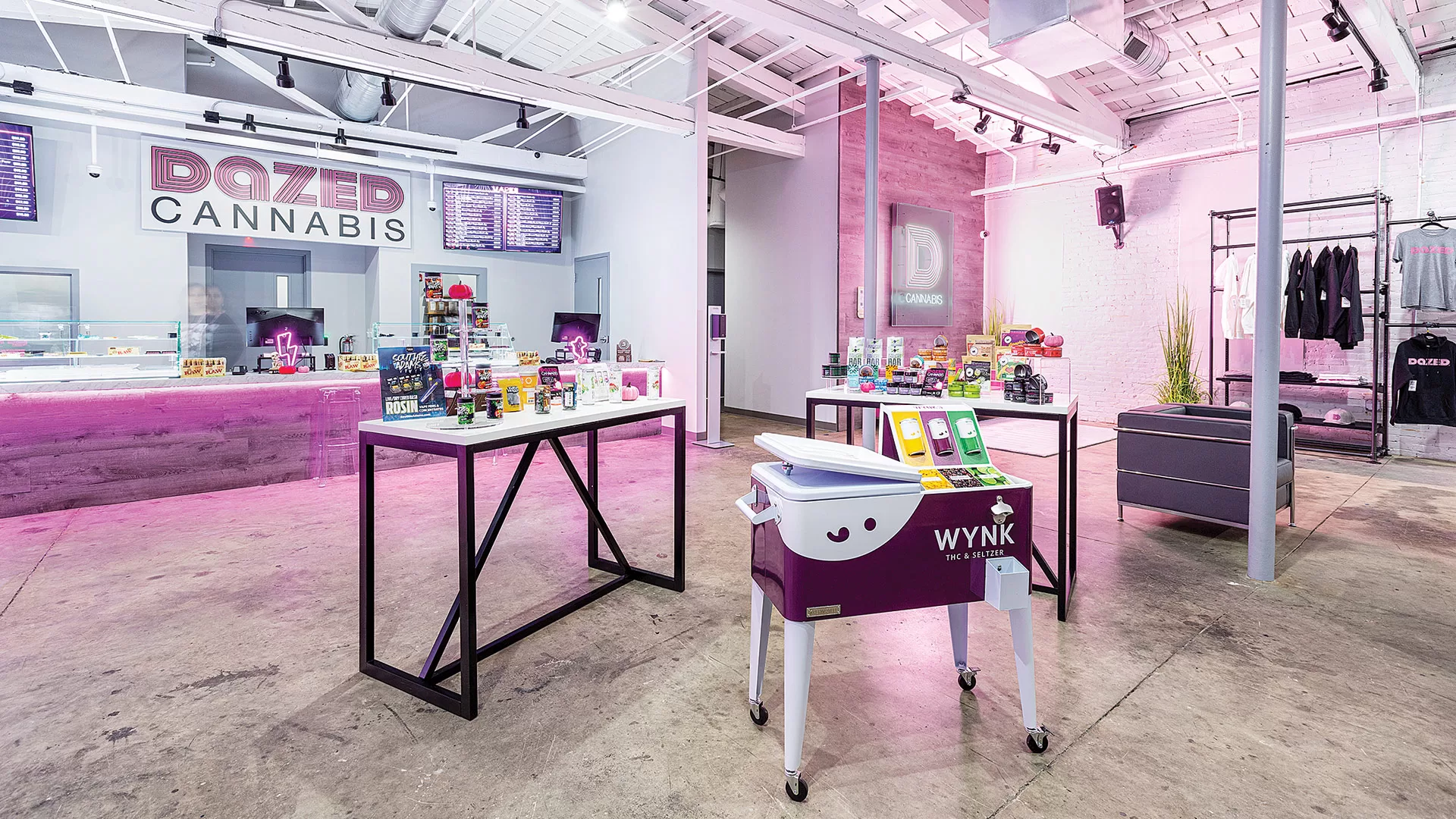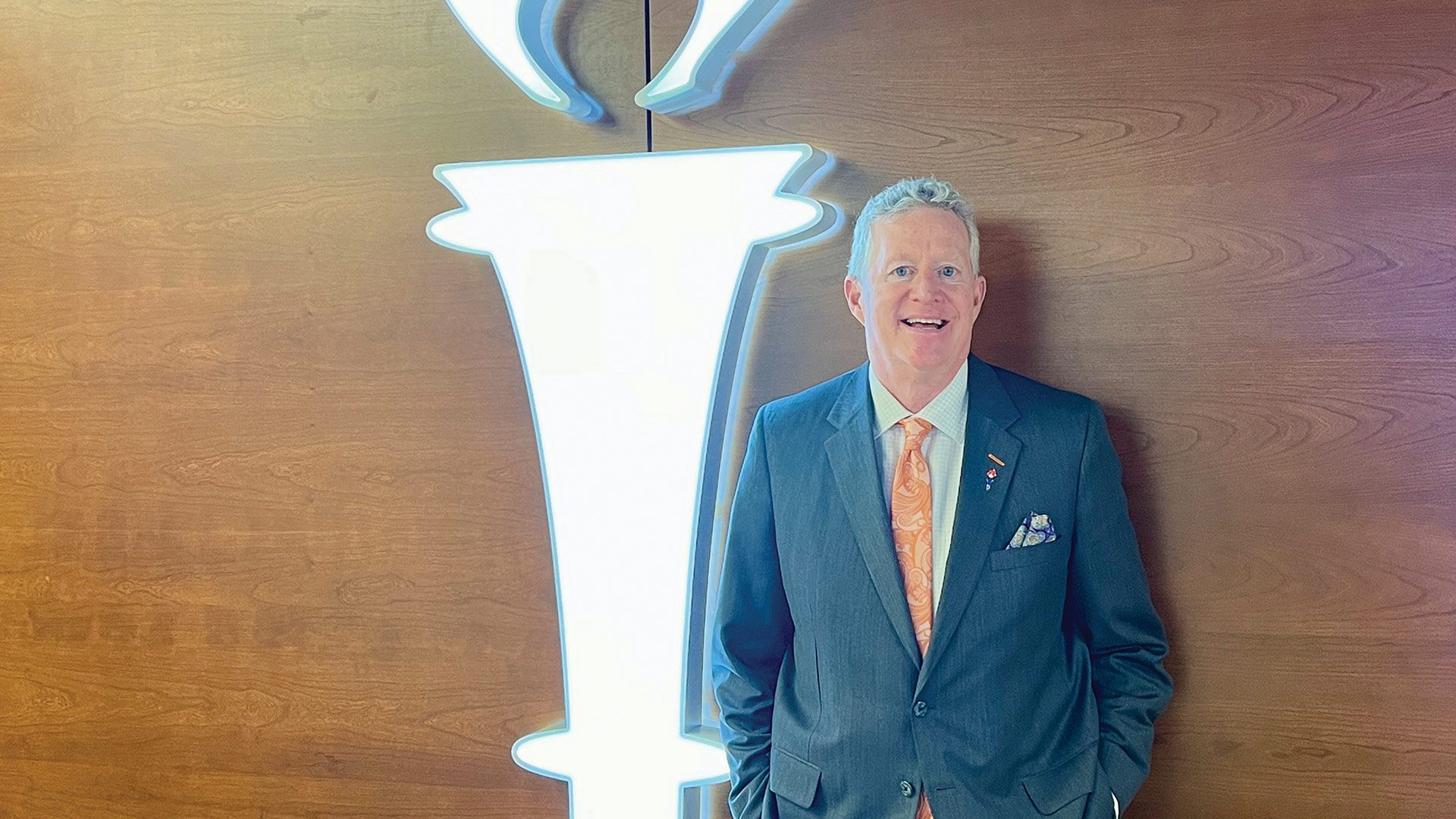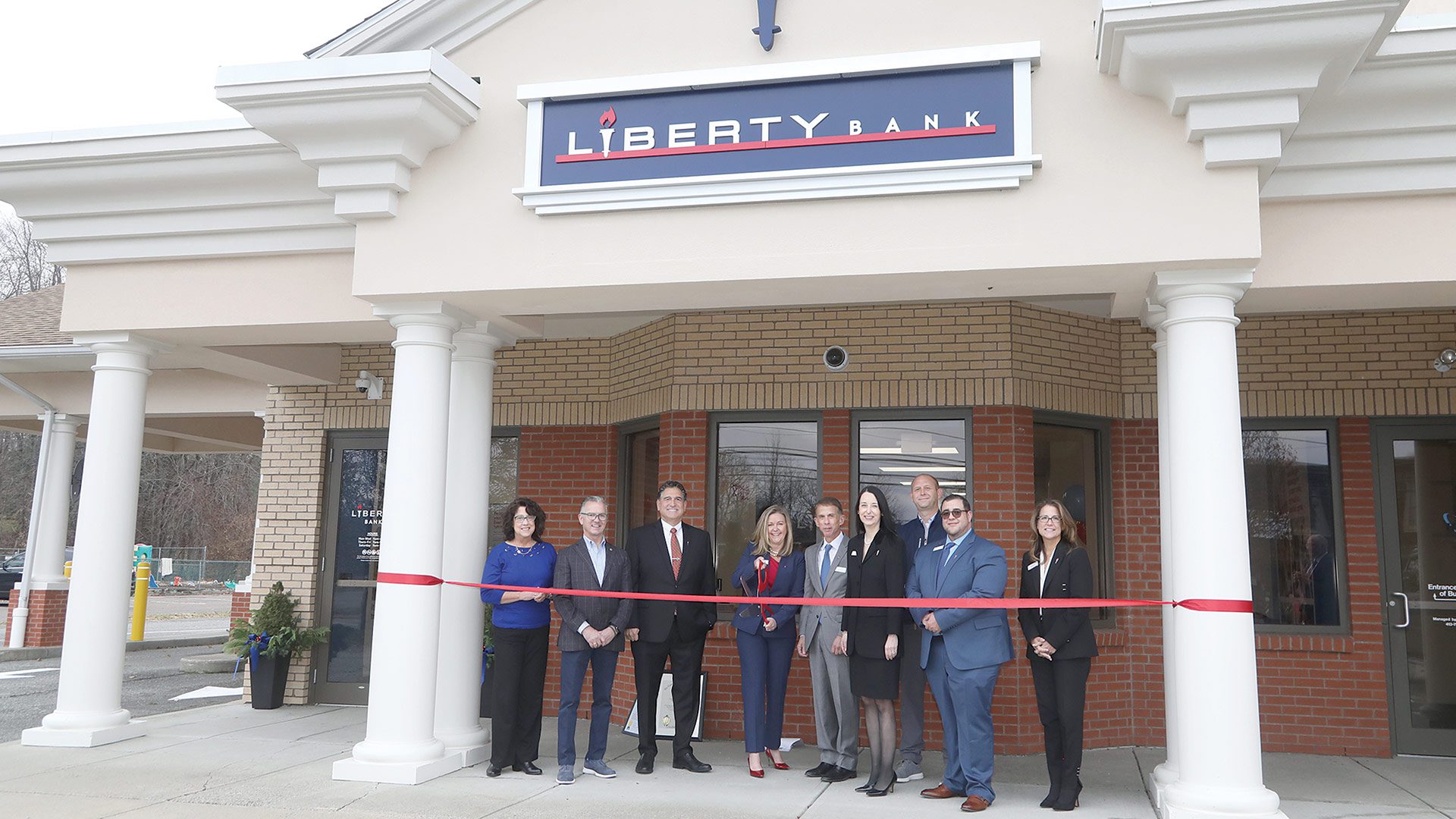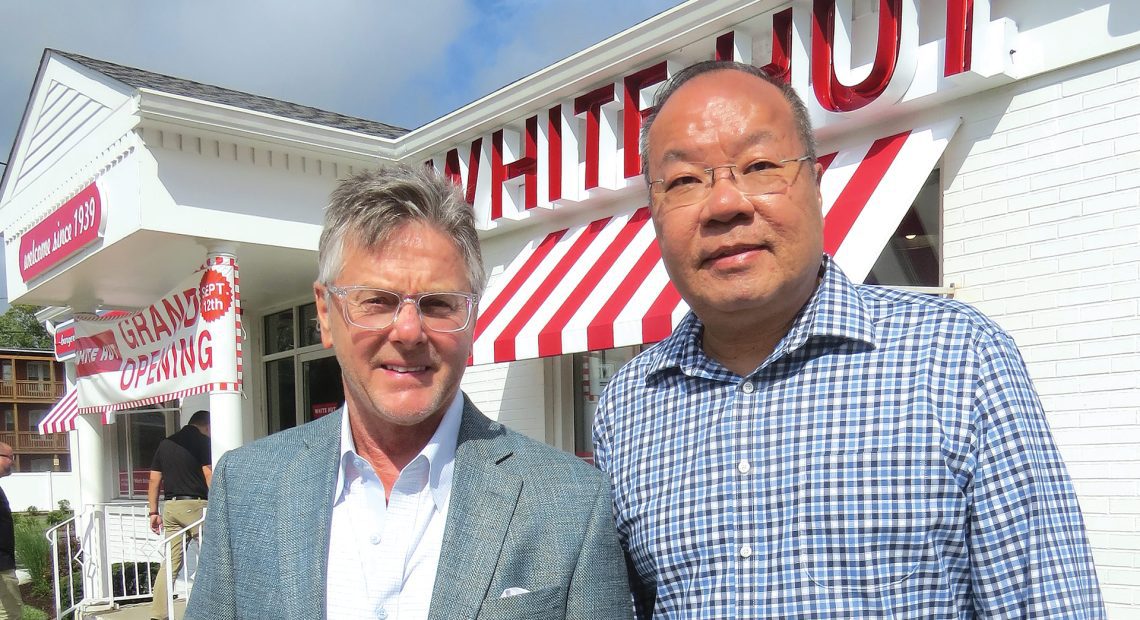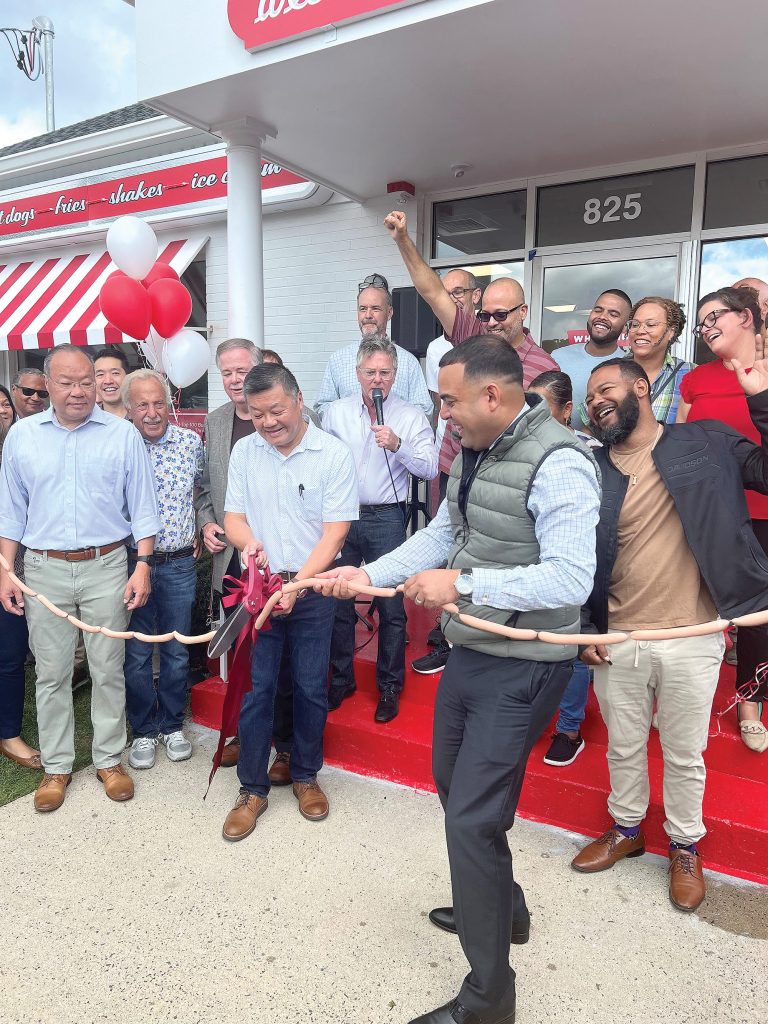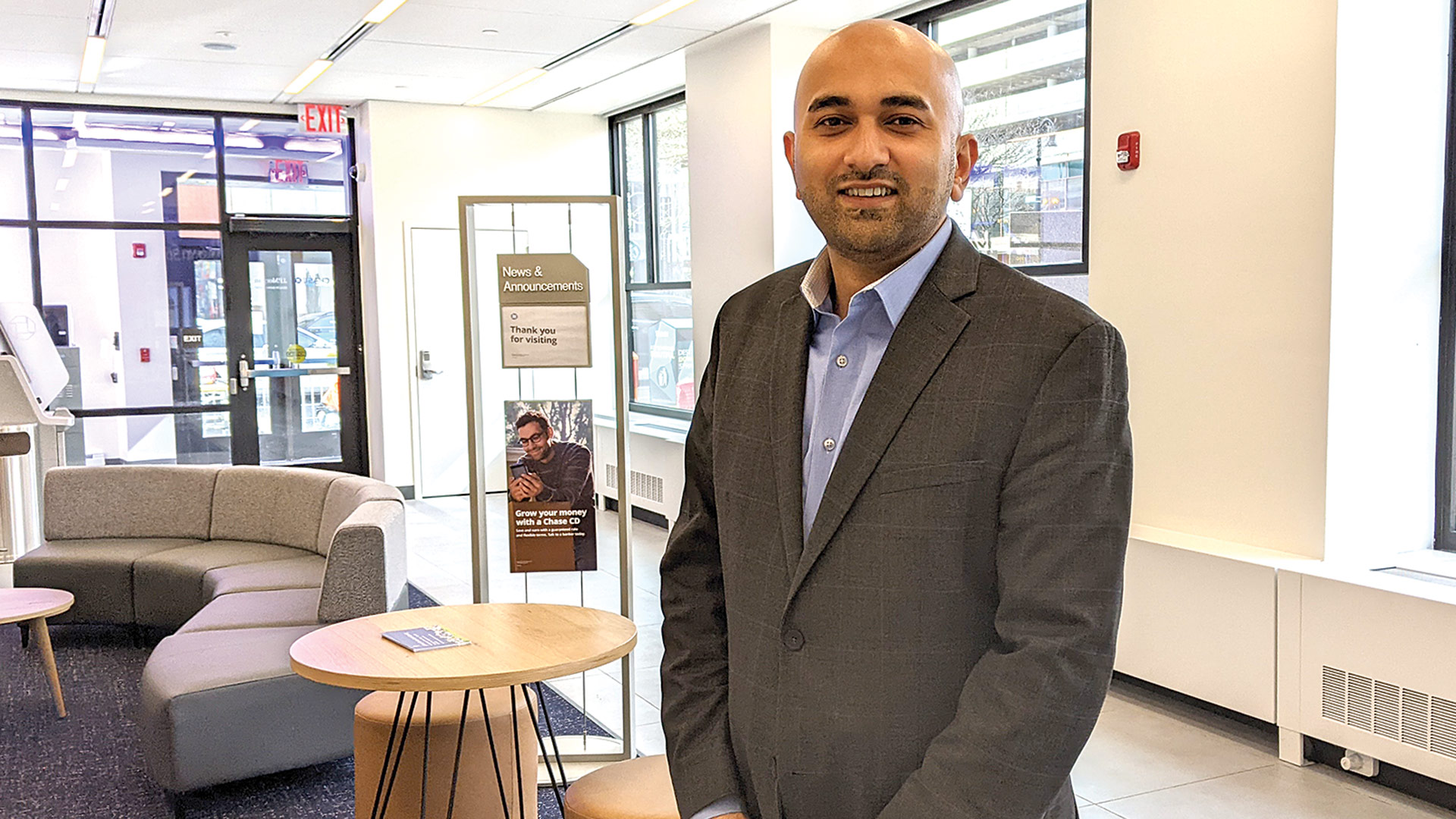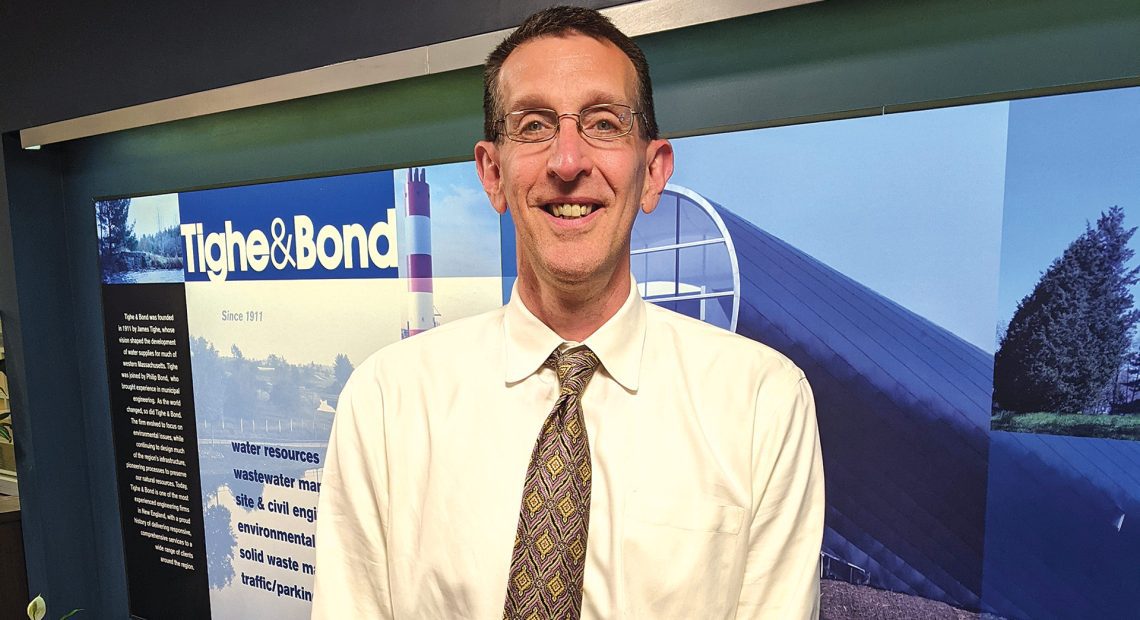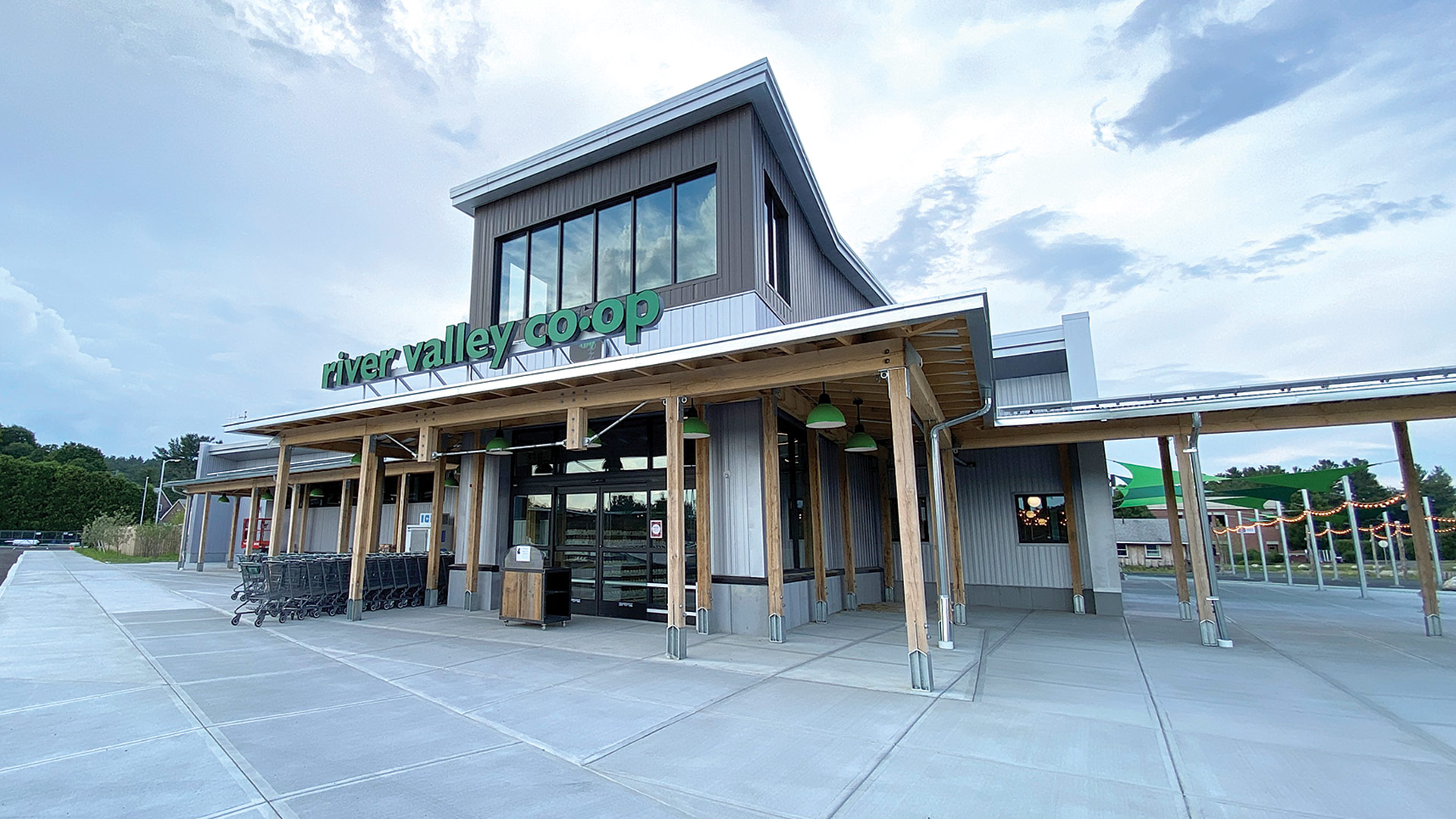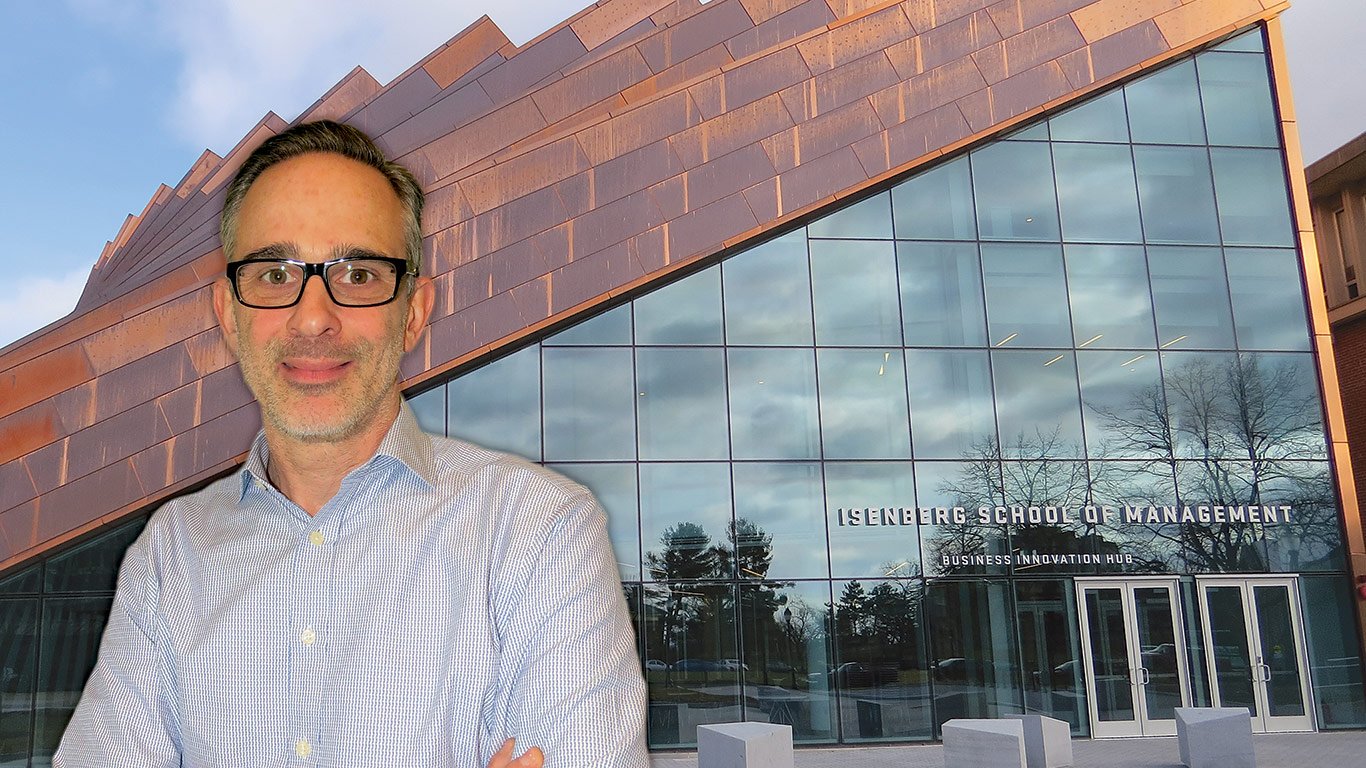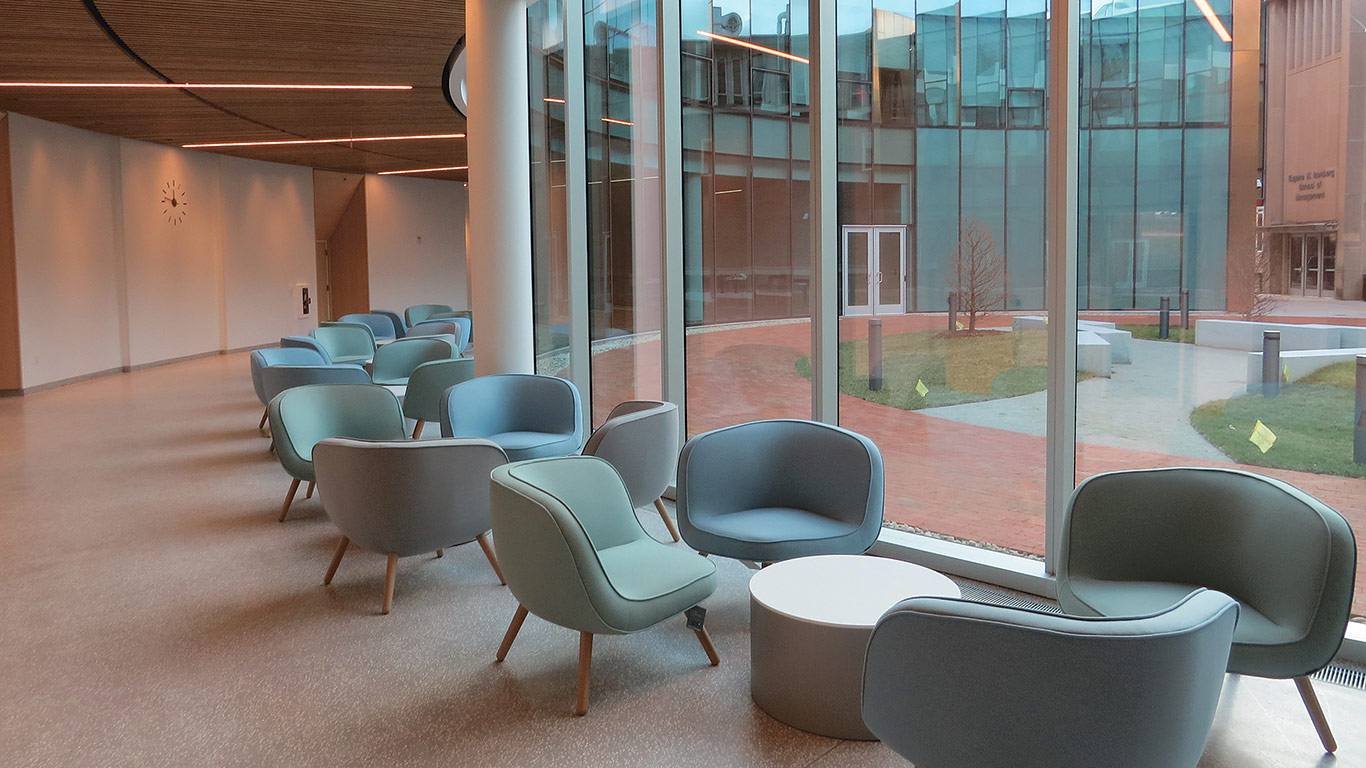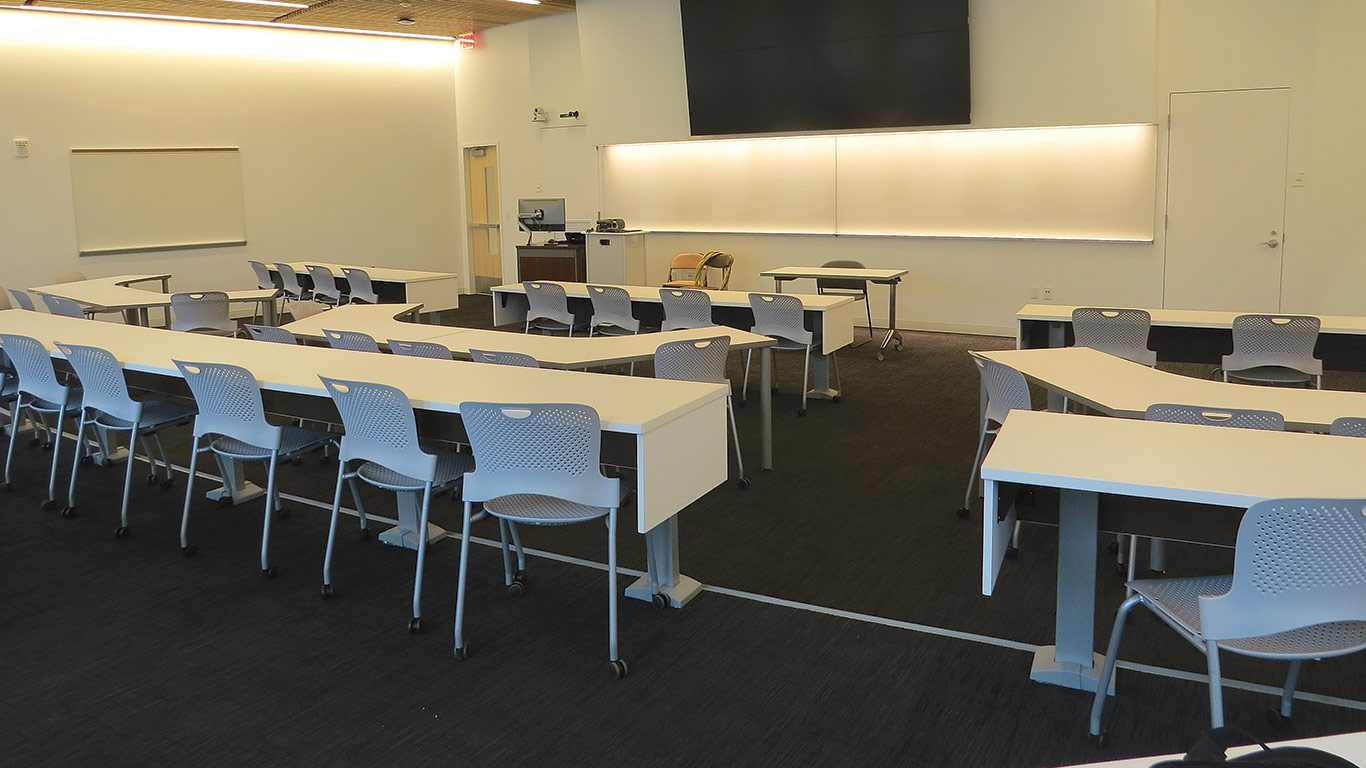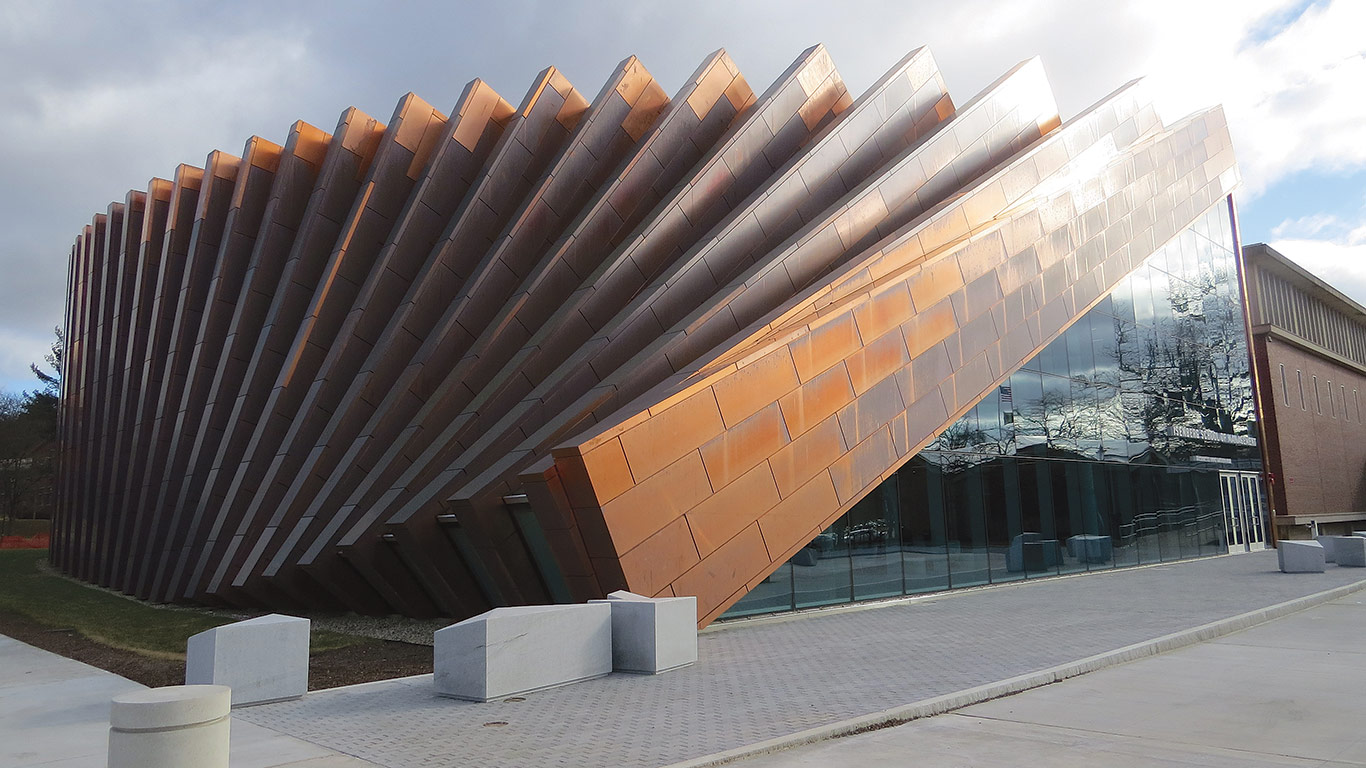At a Tipping Point

Paul Kozub with his children, from left, Weston, Ela, Augustin, and Vincent, at the distillery in Kamien, Poland, that he acquired in 2019.
When asked about all that has changed since he first started finalizing plans for creating his own vodka label 20 years ago, Paul Kozub chose to start with the personal side of his life.
“Back then, I was a single guy living alone with not many cares in the world; now, I’m married with four kids under the age of 10,” he said, adding that this reality explains why he only visits the distillery he owns in Poland maybe once a year instead of three or four times, as he did earlier, and why he presides over maybe 20 in-store tastings a year instead of the 50 or 60 he was averaging a few years ago.
As for the business side of the equation, there have been equally significant changes. He started with one flavor in one region of the Bay State, the 413. Now, there are 10 flavors, including a lemon that changes colors and a hugely popular double espresso. And they are now available in eight states — the six New England states as well as New Jersey and Texas — although they can be shipped almost anywhere, as we’ll see.
And there’s that distillery in Poland, which Kozub now owns a 51% share in. He made that investment in 2019 in a critical step that saw him move from outsourcing production to overseeing (officially if not literally) every step in the process.
And while there have been huge leaps in overall growth — from 700 to 1,000 cases produced and sold per year early on to more than 20,000 today — there have been myriad challenges as well, everything from a global pandemic to the war in Ukraine (the distillery is only a few miles from the border); from huge swings in the cost of getting containers from Poland to the U.S. ($4,200 per shipment to $16,000 back down to $4,200) to the burgeoning cannabis industry (in states where cannabis is legalized, there is an accompanying decline in alcohol sales, Kozub reported).
But while looking back — and then ahead — Kozub chose to focus mostly on what hasn’t changed. The goal, then and now, has been to become a national and then international vodka label, and in some respects, that’s already been accomplished; he does sell some vodka in Poland, but not much, as V-One’s prices are higher than other brands because of how it’s made.
And while the original goal was to make a living selling vodka, something he could do when he was selling 1,000 cases a year, the overriding ambition has been to continually grow the label by taking it to more markets in more states and, eventually, more countries.
While that hasn’t changed either, this desire to grow has morphed into a critical need — because of that distillery and the importance of keeping it busy.
Kozub summed it all up directly, and poignantly.
“For me, V-One is at a crucial tipping point,” he explained. “We’re either going to stay small — a Massachusetts, Connecticut, Rhode Island business — or we’re going to get bigger, and a lot bigger, as a national brand or even an international brand.
“For me, V-One is at a crucial tipping point. We’re either going to stay small — a Massachusetts, Connecticut, Rhode Island business — or we’re going to get bigger, and a lot bigger, as a national brand or even an international brand.”
“And the decision has kind of been made for me because of the distillery purchase — the capacity that facility has and the need to keep it busy on a daily basis, which it is not right now,” he went on, adding that, with this decision — and a subsequent capital raise involving local investors — Kozub is moving forward aggressively with plans to more than double his current sales force and move into more states, starting with Florida, then New York, then other states on the East Coast.
It’s an intriguing next chapter in a story that has featured a number of plot twists and turns but a continued focus on the proverbial big picture and how to make it become reality.

V-One now boasts 10 flavors, and Paul Kozub hints that more additions to the lineup may be coming soon.
(Photo courtesy of Chris Marion)
For this issue, BusinessWest talked at length with Kozub about the latest, quite significant adjustments to the V-One business plan and how they provide more proof — yes, that’s an industry term — of how those original plans haven’t exactly changed. They’ve just been supersized.
Proof Positive
By now, most people around here know at least the basics of the V-One story.
With a small, $6,000 inheritance from an uncle and some entrepreneurial vigor that ran in the family (his father started Janlynn Corp.), Kozub put aside a career in banking — he was a commercial lender with TD Bank — to fulfill a long-held dream to launch his own vodka label.
That was in 2005. He started with a small still in his basement and soon made his way to Poland to meet with a world-renowned vodka expert for advice, but also inspiration. He made the critical decision to become the first producer of vodka made exclusively from organic spelt wheat (most other vodkas are made from corn).
Over the next 19 years, V-One has grown and evolved, adding new flavors, winning several awards, expanding its reach across New England and beyond, and increasing the number of cases sold each year. Along the way, there have been several milestones — from the opening of V-One’s world headquarters in the former St. John’s Church on Route 9 in Hadley to a rebranding that saw a new look to the bottles, to the acquisition and subsequent expansion of the distillery in Kamien, Poland, a multi-million-dollar investment fueled by a desire to take more control of the process.
“I’ll make this analogy … instead of buying milk from the store, we now own the cow. We need to keep the distillery busier, and we need to essentially double the business that we’re doing now.”
BusinessWest has chronicled the story, and along the way, Kozub has earned two of the magazine’s awards — inclusion in the inaugural 40 Under Forty class of 2007, then being named the magazine’s Top Entrepreneur for 2016.
As he noted at the top, he now has four young children — “life has gotten a little more complicated” — so that means fewer trips to Poland, although he was recently there for some end-of-fiscal-year matters, and more Zoom calls with his master distiller there.
“He has things handled pretty well as far as production goes, so I don’t need to go as much as I used to,” Kozub said, noting, again, that the critical to keep that distillery busy — at optimum output, the facility could increase production 10-fold — has prompted the latest adjustments to the business plan, capital raise, and plans to aggressively move into other states.
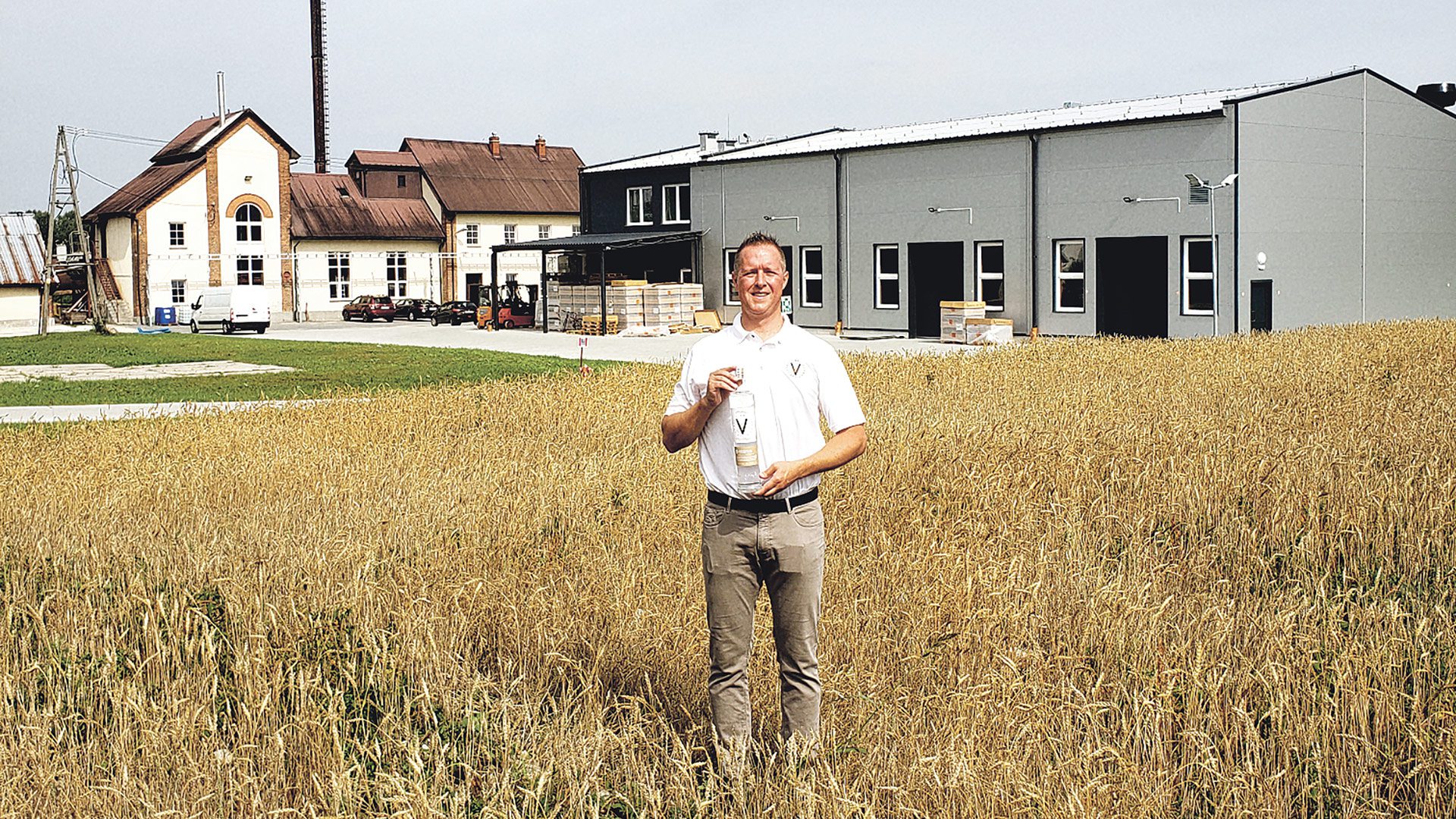
Paul Kozub says the need to keep the distillery in Poland busy — busier than it is now — is fueling the company’s aggressive plans for continued growth.
“Before, it was a case of wanting to grow; now, it’s kind of like we have to grow,” he told BusinessWest. “I’ll make this analogy … instead of buying milk from the store, we now own the cow. We need to keep the distillery busier, and we need to essentially double the business that we’re doing now.”
Elaborating, he said he has no real desire to produce other vodka labels in Kamien, only V-One. Which means producing more of it.
“And to do that, we need to put more people, more salespeople, on the street, and tell the V-One story,” he said, adding that this need to hire and ratchet up marketing efforts — although the company still relies heavily on social media — was the impetus for the recent capital raise.
“My next goal is to get V-One in at least five more states in the next 12 to 24 months,” he said, adding that Florida will be the next target.
Entrepreneurial Spirit
The Sunshine State should be a natural next step, Kozub went on, noting that, while consumption of vodka in Poland is higher during the colder months of the year — primarily because people there drink it straight — in the U.S., vodka is generally mixed with other ingredients that are put over ice, making it a warmer-weather choice.
“A place like Florida has great, year-round weather for vodka drinking,” he said. “And there’s obviously a lot of vacationing, a lot of people by the pool. You really don’t want to drink heavy drinks when you’re by the pool; you want lighter drinks like a vodka soda or mojito.”
As he noted earlier, entering new states and new markets is difficult — and expensive. With immense competition in the vodka aisle, there is a strong need to build brand awareness and gain a foothold. And this requires boots on the ground, he said, adding that, while V-One works with distributors, those large companies represent literally thousands of different labels.
“You have distributors in each market, but you also want to have someone talking to those bars and restaurants and liquor stores,” he told BusinessWest. “You need to have someone else telling the story because these distributors are selling 3,000, 4,000, maybe 5,000 other items, and they’re pushing the big brands, so the smaller brands just get left by the wayside.
“So you have to put someone in each market to tell your story,” he went on, adding that he is looking to bring on several additional salespeople in the coming months to do this storytelling.
While Florida is the next primary target, the goal, as he mentioned, is to be in a handful of other states within the next year or two.
New York is another primary target, he said, adding that the plan after making some headway in that all-important state is to move down the East Coast, perhaps into Virginia, Delaware, and North and South Carolina.
“We want to keep things on this side of the country for now,” he said, adding that the ability to ship products to different states (35 of them at present) enables V-One to expand its presence in that fashion. It’s a small but nonetheless meaningful arrow in the quiver, but one that is growing steadily and has potential to continue the growth trajectory.
Overall, expansion into a new state comes with a price tag of $100,000 to $250,000 for marketing, additional salespeople, and other expenses, he said, adding that this is just part of the cost of doing business.
And it’s a critical aspect of being at this important tipping point for V-One, as Kozub called it. As he noted, the company has progressed from wanting to grow to needing to grow.
“For me, it’s time to take that next big step,” he said, adding that he’s approaching this next phase for his company the way he has all those that have come before it — with a focus on that original dream of creating a vodka label and then taking it around the world.




